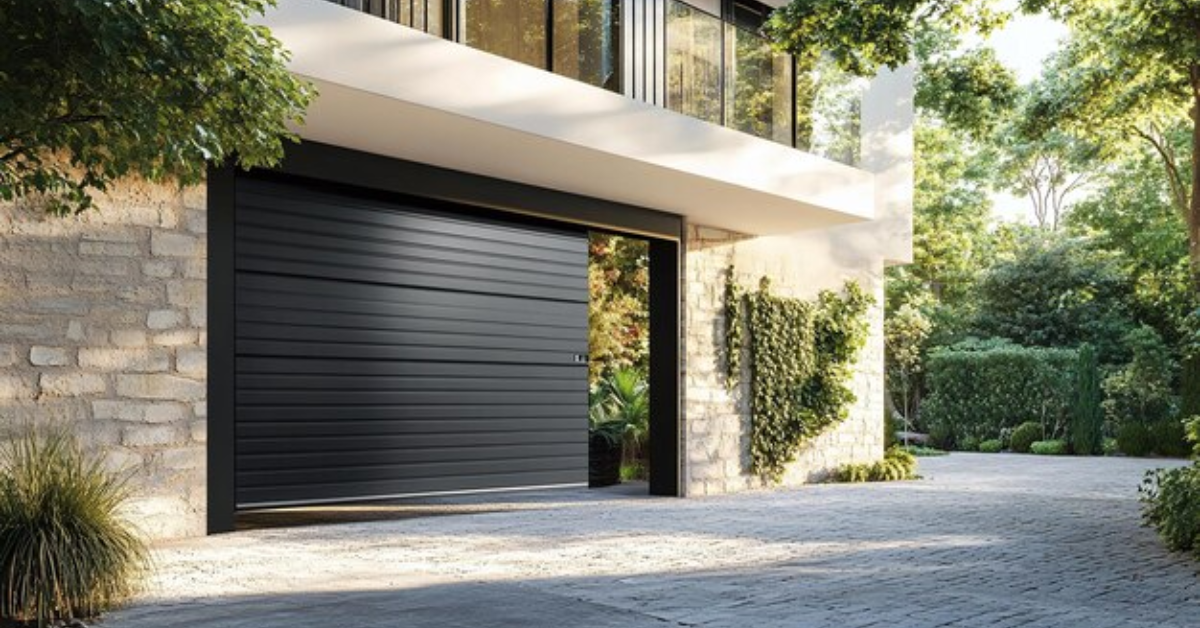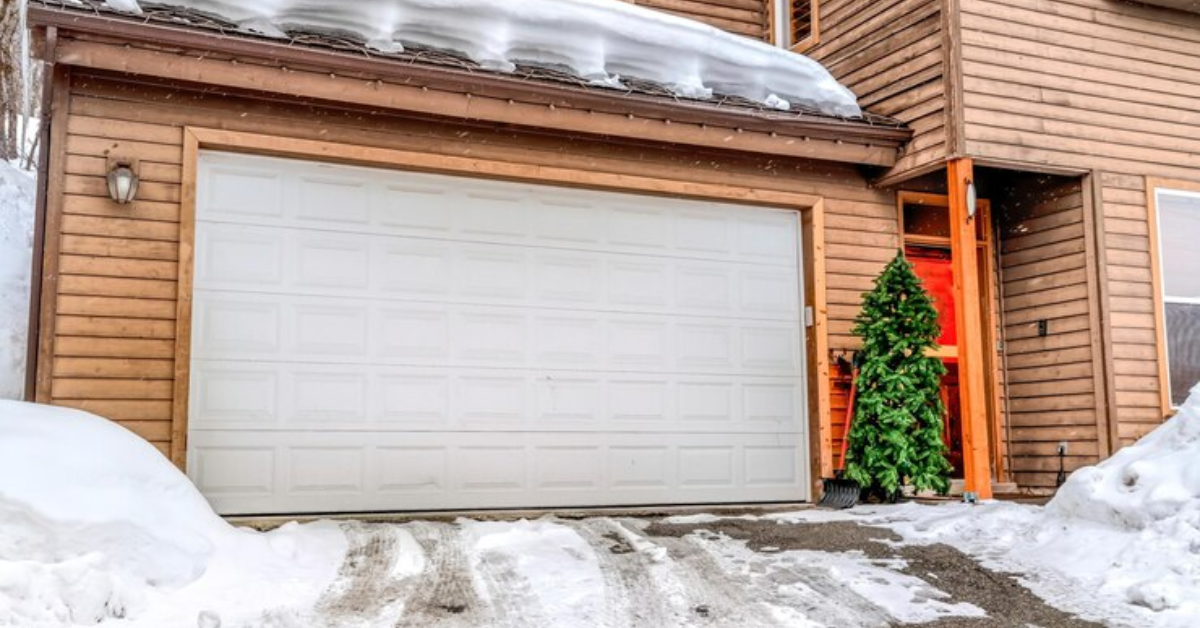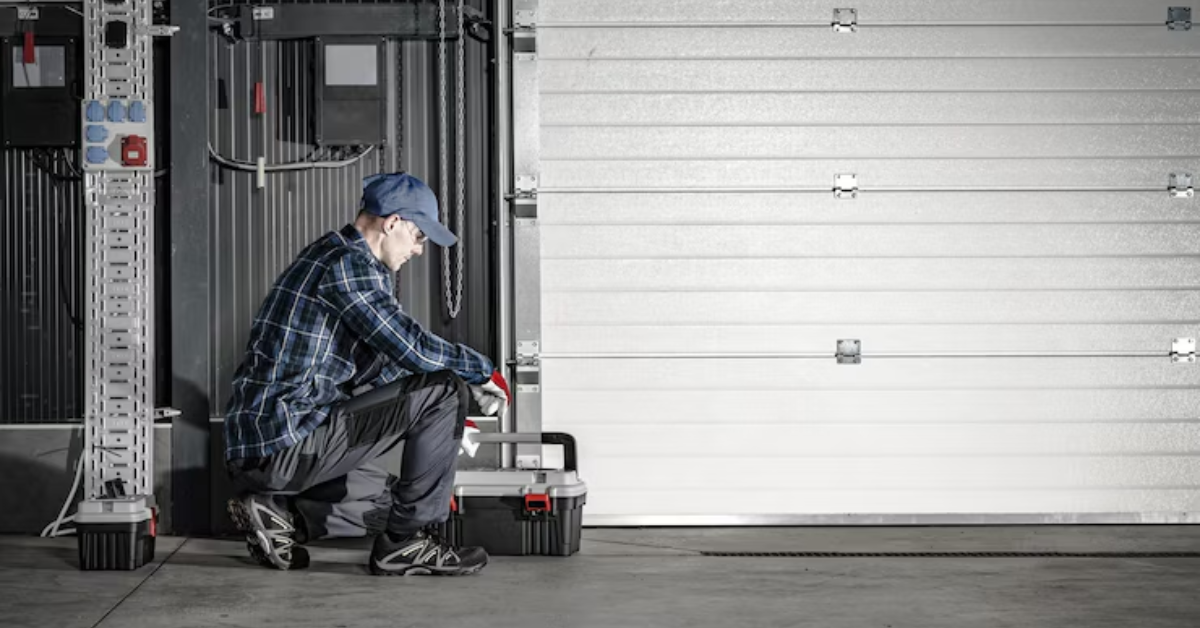Can You Make A Manual Garage Door Automatic?
Upgrading a manual garage door to an automatic system is not only possible but also a practical investment. Many homeowners choose to automate their garage doors for added convenience, security, and efficiency. Instead of manually lifting and lowering the door every time, an automatic garage door opener allows you to operate it with a remote control, keypad, or even a smartphone app.
If you're wondering whether you can convert your existing manual garage door into an automatic one, the answer is yes! This article will guide you through the process, including the benefits, necessary components, and installation steps.
Why Convert a Manual Garage Door to Automatic?
Switching from a manual to an automatic garage door offers several advantages:
1. Convenience
With an automatic opener, you no longer need to step out of your vehicle to open the garage, which is especially helpful during bad weather or late-night arrivals.
2. Enhanced Security
Automated garage doors come with security features such as rolling code technology, which prevents unauthorized access. Some models even have automatic locking mechanisms to keep intruders out.
3. Increased Property Value
Homes with automatic garage doors tend to have higher resale value. Potential buyers often view an automated garage door as a modern and desirable feature.
4. Reduced Physical Strain
Manually opening a garage door can be difficult, especially for elderly individuals or those with physical limitations. Automation eliminates this effort.
5. Smart Home Integration
Many modern garage door openers can connect to smart home systems, allowing you to control them via a mobile app from anywhere.
Can Your Existing Garage Door Be Automated?
Before installing an automatic garage door opener, you need to determine if your current door is compatible. Here are some factors to consider:
1. Door Type and Condition
- Sectional or Roll-Up Doors: These doors are the easiest to automate since they already move along tracks.
- One-Piece (Tilt-Up) Doors: These can be automated but may require special hardware.
- Material: Heavy wooden doors may need a stronger motor compared to lightweight aluminum or steel doors.
2. Balance and Springs
A well-balanced door with functional springs is crucial for automation. If your door is difficult to lift manually, it may require maintenance or spring replacement before installing an opener.
3. Space Availability
Automatic garage door openers require space above the door for the motor unit and tracks. Ensure your garage has enough clearance for installation.
What You Need to Convert a Manual Garage Door to Automatic
To automate your garage door, you’ll need the following components:
- Garage Door Opener – This motorized unit powers the lifting and lowering of the door. Choose an opener based on the door’s weight and size.
- Remote Controls & Keypad – These allow you to operate the door from a distance or through a wall-mounted keypad.
- Safety Sensors – These prevent the door from closing on people, pets, or objects.
- Rail & Trolley System – This guides the door’s movement along the tracks.
- Power Supply – Ensure you have an electrical outlet near the opener’s installation point.
Steps to Automate a Manual Garage Door
Step 1: Choose the Right Garage Door Opener
Garage door openers come in different types:
- Chain Drive Openers – Durable and affordable, but noisy.
- Belt Drive Openers – Quieter operation, ideal for homes with attached garages.
- Screw Drive Openers – Fewer moving parts, requiring less maintenance.
- Smart Openers – Wi-Fi-enabled for remote access via smartphone apps.
Pick an opener that suits your door’s weight and your noise preference.
Step 2: Prepare the Garage Door
- Inspect the garage door for damage or misalignment.
- Ensure the springs and tracks are in good condition.
- Lubricate moving parts for smooth operation.
Step 3: Install the Garage Door Opener
- Mount the Opener Unit – Secure the motorized unit to the ceiling near the garage door.
- Attach the Rail System – Connect the opener to the existing tracks using a trolley system.
- Install Safety Sensors – Position them near the base of the door to prevent accidents.
- Connect the Remote and Keypad – Sync the opener with remote controls and set up the keypad for easy access.
- Power Up and Test – Plug in the opener and test its operation, ensuring smooth opening and closing.
Step 4: Adjust Settings and Secure the System
- Set the travel limits to control how far the door opens and closes.
- Adjust the force settings to prevent excessive strain on the motor.
- Enable security features like rolling code technology to prevent hacking attempts.
Common Issues and Troubleshooting
After installation, you may encounter minor issues that require troubleshooting:
- The door doesn’t close fully – Adjust the travel limit settings.
- The opener makes noise – Lubricate the moving parts and check for loose bolts.
- Remote control isn’t working – Replace the batteries or reprogram the remote.
- Door reverses unexpectedly – Ensure the safety sensors are aligned properly.
Maintenance Tips for Longevity
To keep your automated garage door functioning efficiently:
- Inspect the tracks and rollers regularly – Remove debris and apply lubricant as needed.
- Test the safety sensors – Ensure they detect objects and prevent accidents.
- Tighten loose hardware – Check for loose bolts and screws periodically.
- Replace worn-out parts – If springs or cables show signs of wear, replace them to avoid malfunctions.
- Keep the opener’s motor clean – Dust buildup can affect performance over time.
Final Thoughts
Converting a manual garage door to an automatic system is a worthwhile upgrade that enhances convenience, security, and property value. With the right garage door opener and proper installation, you can enjoy effortless access to your garage while improving home safety.
If you’re comfortable with DIY projects, you can install an opener yourself by following the manufacturer’s instructions. However, for a seamless and hassle-free setup, hiring a professional ensures a safe and efficient installation.
Investing in automation is a step toward modernizing your home while making everyday life easier. So, if you’re tired of manually lifting your garage door, now is the perfect time to make the switch!




